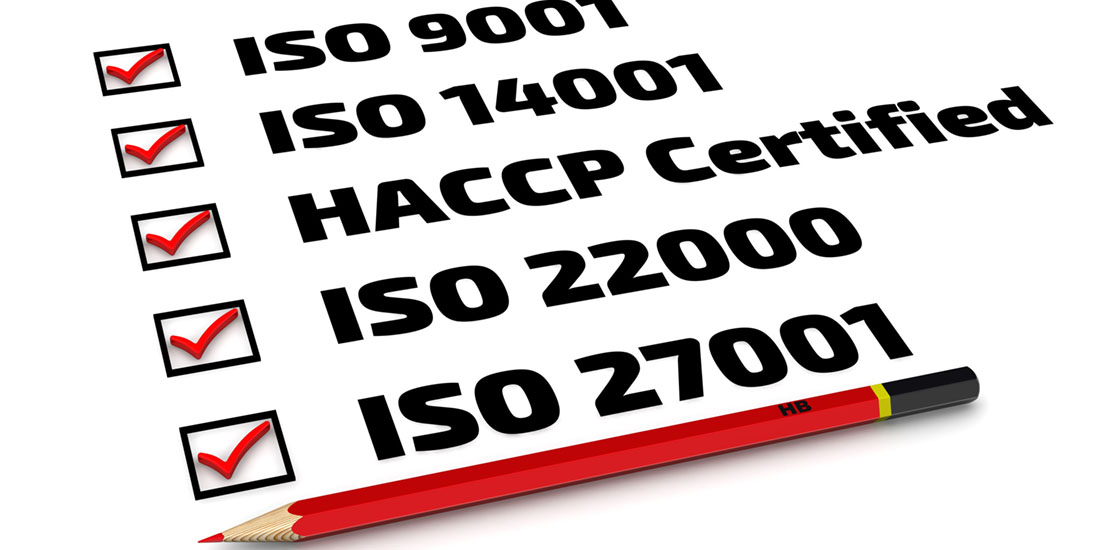- June 20, 2018
- Posted by: Kim Cunningham
- Category: ISO Tips

With the AS9100D transition deadline only a few months away, organizations need to be on top of their game, especially in relation to the status of their ISO 9001, AS9100/9120, and ISO 14001 transitions. Ideally, you will want to create a chart to help you understand whether your transition results are positive or negative.
The official transition deadline is September 15, 2018. This is an extremely strict deadline in which all of your QMS certifications will become’expired’ and no longer valid, unless, of course, they have made the full transition into the new version of the standard, including the transitional process of being uploaded and published into the OASIS database.
During the transition process, it is vital that you follow several tips to streamline the transition and make it as smooth and efficient as possible:
- Create a schedule that outlines all transitional phases and processes
- Understand and ensure all requirements are being met of the standard
- For any audits that are taking place, make sure you allow extra time for the auditors to perform their evaluation compliance procedures against the new standard; they will also need to evaluate it against the current standard to pinpoint where changes and upgrades need to be made
- Make sure all new applications are submitted to the ISO 9001:2015; many organizations fail to do this by submitting it to the 2008 version
- Make sure to maintain a 2008 version of all processes and data until the transition has successfully been completed
Many people are confused as to what the new standard is requiring of their organizations. The truth, however, is that the new requirements are not new concepts. It is simply a lack of understanding that causes confusion to arise. Once you become familiar with the new standard and the accompanying requirements, it becomes much easier to ensure compliance is being maintained.
It is especially pertinent that you understand the transition takes time. And with the deadline right around the corner, it is not more important than ever to make sure you have a transition schedule in place. Most importantly, you need to allow extra time to implement transitional procedures because there will likely be issues that arise. The more time you allow yourself, the less stressed you will be.
Also, if you fail to align your systems, as well as the accompanying process, with the overall strategic direction of your company, this is going to complicate almost all phases of the transitional process. By having your leaders involved in the transition, it becomes much simpler to acquire the necessary support it takes to streamline the transition in the most efficient and effective manner possible.

